Potty training is very simple in theory but can be difficult in practice. I follow what is known as error-less potty training. This method works for both puppies and adults. Depending on your diligence and your dog's history it has a very high success rate. This is the program I put all my own dogs on as well as the many board and train dogs that come through our home. The perfect potty training system consists of three parts; managing so your dog or puppy can only make the right choice, putting them on a schedule, and reinforcing behavior that you do want.
Management is the temporary prevention of unwanted behavior and is a pillar in perfect potty training. There are several techniques that work well and are at your disposal. Crate training is very useful for puppies and adults, crates should be large enough that the dog is able to turn around and lay down. If the crate is any larger you risk your dog trying to potty in the corner. If your dog is also soiling their crate remove all bedding until you've built more value into going potty outside. When your dog is outside of their crate you need to have constant vigilance! Especially if your dog goes to a secluded corner of your home to potty. There are several different options for keeping your eyes on your dog. My two personal favorites are tethers and exercise pens. For a tether use a leash attached to something sturdy such as a couch, door handle, or install an eye hook in the baseboard, you can also tie your dog to yourself. Using a tether allows you to passively watch your dog while doing other activities such as reading, watching t.v, crafting, or working/playing on your computer. If your dog starts to sniff and turn in circles, get them outside! If they do start to go, clap your hands and say potty outside then take them immediately outside. The exercise pen is useful if your dog is uncomfortable being tethered or will chew through the leash. I prefer to use ex-pens for puppies as they also will manage the environment of the dog to control their access to chewable items and other dogs in the home. The concept of the ex-pen is the same as a tether, you're able to have your dog with you but contained. You can also use baby gates to keep your dog in the same room as you. Baby gates are not a good option if your dog can go behind you without you noticing and potty. I once had a foster that would get behind me and potty, he was the fastest pooper I ever met and had to be tied to me. Management boils down to keeping your dog under your supervision, if you ever have to wonder where your dog is you need to up your management game. Unsupervised time is a privilege, not a right. If you potty in the house, you do not get the run of it.
If you are having a hard time with potty training you need to think about putting your dog on a set schedule. With puppies under four months it is really easy to predict when they are going to have to go potty. After a puppy eats they're going to have to go number 2 within the half hour. If you're feeding at a specific time you can plan to potty them soon after. With really young puppies and adult dogs start taking them out once every hour. Keep track of what times your dog is going potty and decrease potty breaks from there. Print and use the potty training schedule chart at the bottom of the article.
The third and final pillar of perfect potty training is rewarding the behavior you want. We want our dogs to go potty outside and we need to communicate that to our dogs. The best and fastest way to do that is with the use of high value food*, think bacon, not kale. This treat should be something your dog does not regularly get, break out the ham, chicken, or steak. When you take your dog outside take them to one spot in your yard on a leash. Completely ignore your dog and wait them out. As soon as your dog squats down tell the "potty", or "outside", my cue is "hurry up". As soon as your dog finishes reward them with THREE treats fed in a row, that's, 1-2-3. You dog will think, "Wow! That was awesome! I need to figure out how to do that again!" After several repetitions of rewarding pottying outside your dog will connect the dots, they can trade in pee and poo for treats. Most adult dogs figure this out in less that two weeks, puppies take a little longer because of their smaller bladders.
*Nitro
Nitro was very hard to potty train. He was heavily punished for pottying inside with past owners. When he first came home he would cringe if he had to go in front of me, running up and showering him with treats did not work. What did work was throwing a ball immediately after he finished had him demanding to poop outside within a week.
If you reward each time and the dog is managed so that the only times they potty are outside potty training can be perfect. If you ever punish your dog for doing to the bathroom inside you are teaching them that you are unsafe to potty around. We want the exact opposite! I want the happy reaction of a toddler crapping in the toilet the first time, every time.
Once your dog picks up the habit start to think slot machine with your rewards. Soon it will become habit, just as we need our American toilets to feel comfortable. I have attached the chart I use for my clients below. Best of luck!
| potty_training_chart_pdf.pdf |
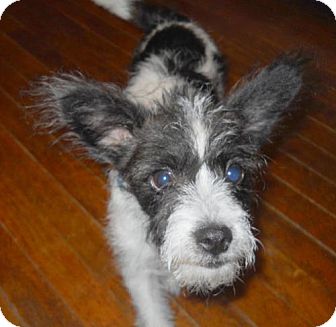
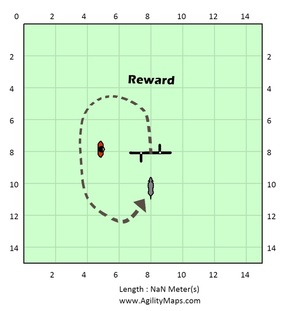
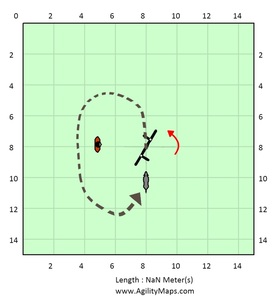
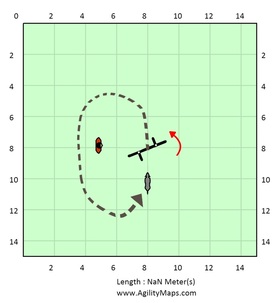
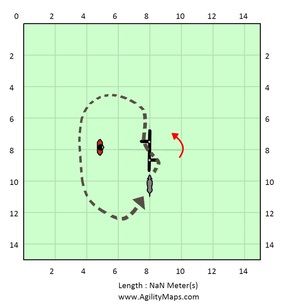
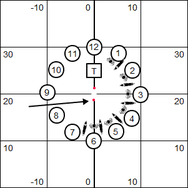
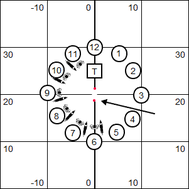
 RSS Feed
RSS Feed